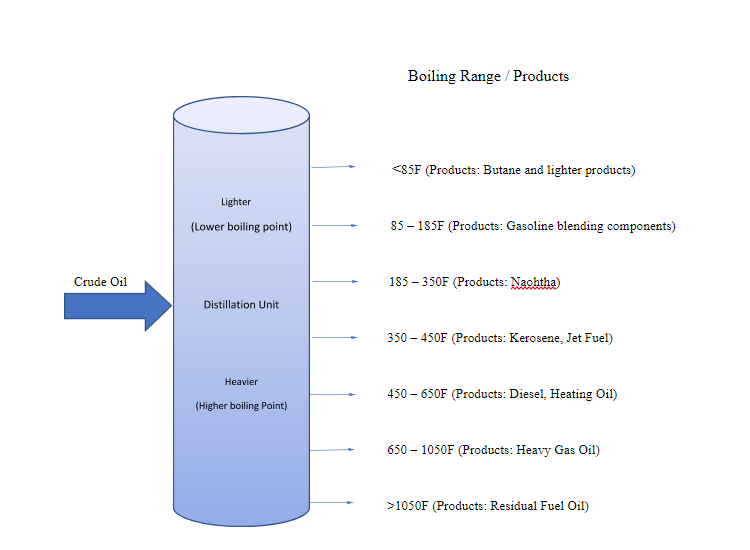PLASTIC RANDOM PACKING IN COOLING TOWERS
Plastic Random Packing such as the Tripacks and Plastic Pall Ring manufactured by Kemflo are used in numerous applications such air scrubbing, air stripping, distillation and biological filtration to name a few. One of the most common application for plastic random packing is for use in cooling towers. A cooling tower is basically a specifically designed heat exchanger which function is to cool water from an industrial process or from an air conditioning condenser. Water that has been heated by an air conditioning condenser or industrial process is pumped into the cooling tower through a series of pipes. The heated water is introduced into the cooling tower through a network of spray nozzles located near the top of the system. The spray nozzles evenly distribute the heated water over a bed of fill or media. The bed of fill is typically plastic random media supported by a grate. The size of the packed bed depends on the volume of water and air. It is very important to ensure that the spray nozzles evenly distributes the water over the top of the plastic random packing to ensure maximum efficiency of the cooling tower system. The water flows through the bed of plastic random media. As the water is introduced through the plastic random packing the water is slowed and spreads throughout the packed bed which exposes the water to a much surface area as possible. This results in maximum air and water contact. When the air and water meet, a small amount of the water is evaporated which creates a cooling action. The cooled water is then pumped back to the condenser or industrial process equipment where it absorbs heat. The water is then recirculated back to the cooling tower to be cooled once again.
In a cooling tower the plastic random packing bed may be referred to as the heat transfer pack or the fill pack. The purpose of the plastic packing media is to provide sufficient surface area in which water and air flow can come in to contact and mix resulting in evaporative cooling. The Tripacks style of plastic random packing is commonly used in cooling tower application due to its geometric shape which prohibits voids within the packed bed. The Tri-Packs also provide significant service area. The Tri-Packs consist of ribs, struts and drop rods which give the packing excellent wetting qualities. It also helps to maintain even distribution of water and air throughout the packed bed resulting in efficient evaporation and cooling. The material of construction for the plastic packing media is typically polypropylene or PVC Polyvinylchloride.
Regular maintenance of the packed bed is important to ensure that the cooling tower is functioning properly. Dirty water and debris can cause fouling within the plastic random media and become a breeding ground for harmful bacteria. The plastic random packing may be removed periodically for inspection. Any fouled packing can be either cleaned or replaced. Please refer to the Kempac website for plastic packing media cleaning tips and instructions.
For more information on Kemflo’s Tri-Packs style packing or our Plastic Pall Ring please visit our website at www.kempac-packing.com.

